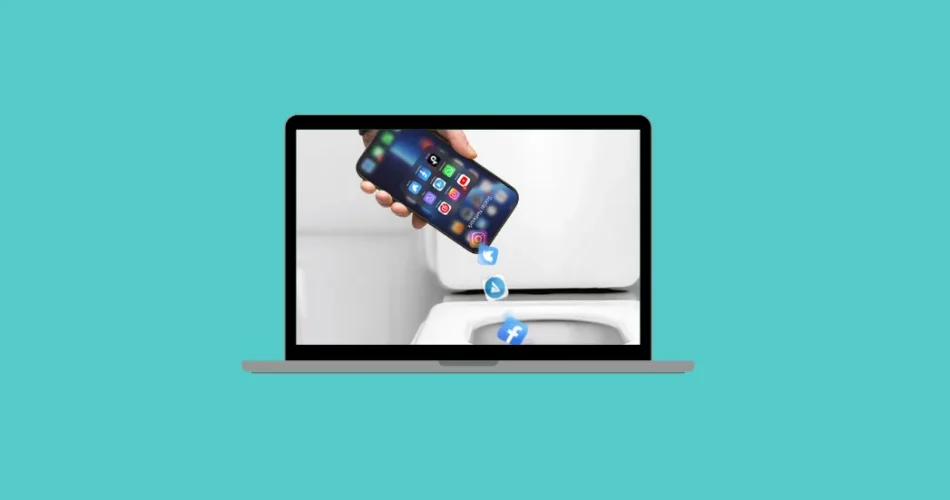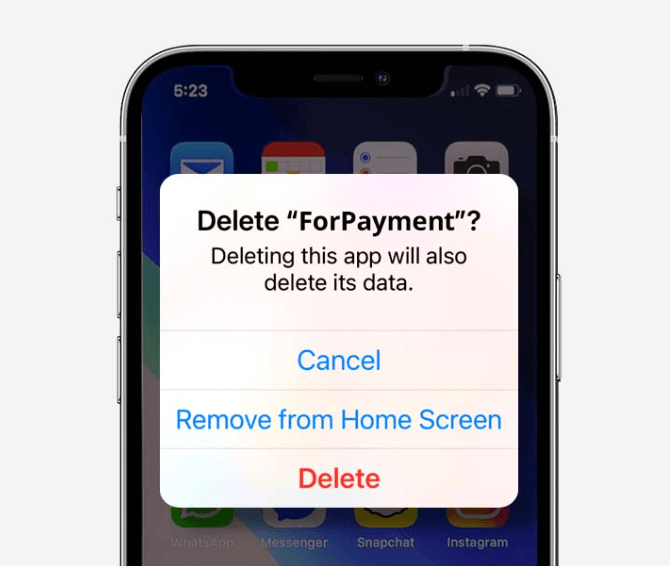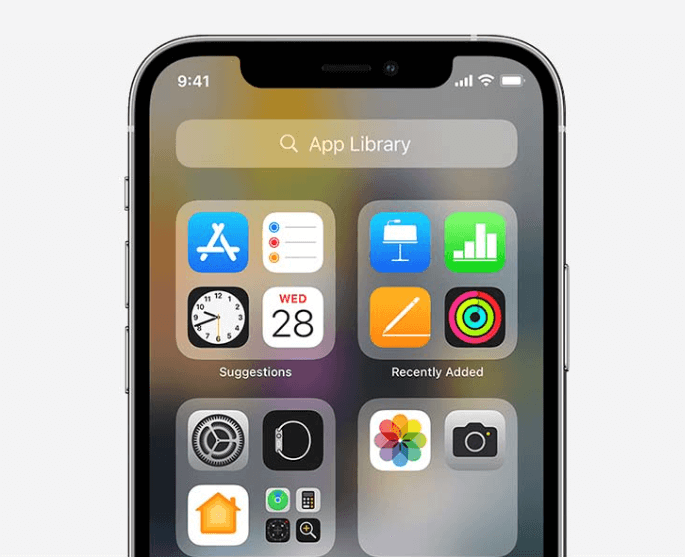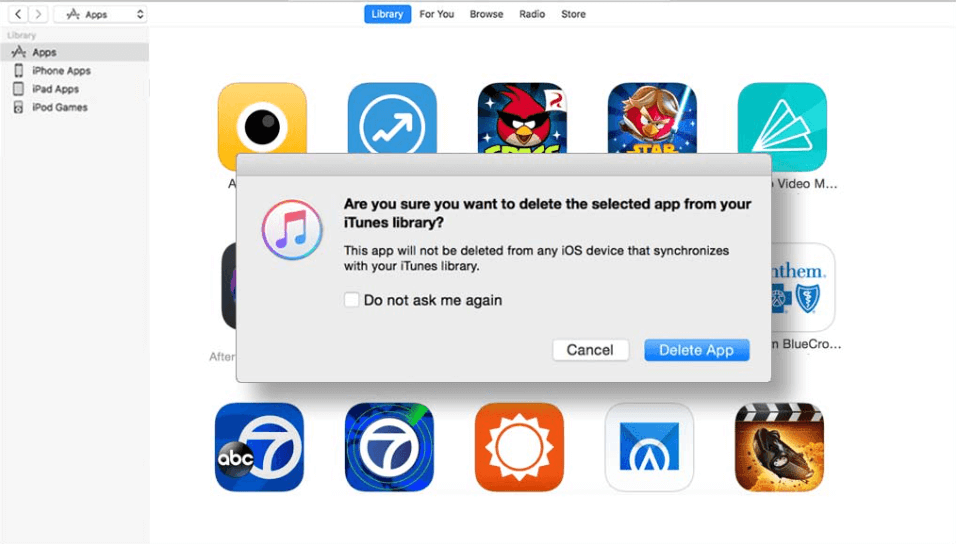Downloading apps is second nature for iPhone users. From games and productivity tools to streaming platforms, the App Store has something for everyone. But with every new download, your device’s storage takes a hit. Before long, those dreaded “Storage Almost Full” notifications start popping up — slowing down performance and leaving you frustrated.
The solution? Permanently deleting apps on iPhone. Unlike simply removing an icon from your Home Screen, permanent deletion wipes out the app along with its stored data, freeing up valuable space and keeping your device clutter-free.
In this guide, we’ll cover five proven ways to delete apps on iPhone permanently — from quick Home Screen methods to advanced iCloud and Finder options.
Understanding App Deletion on iPhone
Before we dive into the methods, let’s clear up the difference between removing and permanently deleting an app:
- Removing the App Icon: This only hides the app from your Home Screen or App Library. The app and its data remain on your device.
- Permanently Deleting an App: This erases the app and all its associated files, caches, and preferences, giving you back storage space.
If you want to truly free up space, you need to go beyond just removing icons.
5 Methods to Permanently Delete Apps on iPhone
1- The Home Screen Shuffle (Quick and Easy)
The most straightforward way to delete apps directly from your Home Screen:
1- Find the app you want to delete.
2- Touch and hold the app until it starts jiggling.
3- Tap Remove App.
4- Choose Delete App (not just “Remove from Home Screen”).
5- Confirm deletion.
2- Delete Apps from the App Library
Introduced in iOS 14, the App Library is a convenient place to manage and delete apps:
- Swipe left on your Home Screen until you reach the App Library.
- Use the search bar or scroll to find the app.
- Press and hold the app until it jiggles.
- Select Delete App and confirm.
This method ensures the app and its files are gone for good.
3- Delete Apps via iPhone Settings
For a more detailed approach, delete apps directly from Settings:
- Go to Settings > General > iPhone Storage.
- Wait for the list of apps to load.
- Tap the app you want to delete.
- Select Delete App.
- Confirm the action.

This method is especially useful if you want to see how much storage each app consumes before deleting it.
4. Delete Apps Using iTunes or Finder (Mac/PC)
Prefer managing apps through your computer? You can use iTunes (Windows/macOS Mojave and earlier) or Finder (macOS Catalina and later):
- Connect your iPhone to your computer via USB.
- Open iTunes or Finder and select your iPhone.
- Navigate to the Apps section.
- Locate the app you want to delete.
- Right-click and select Delete, then confirm.
- Sync your iPhone to apply changes.
This not only deletes the app but ensures the removal is synced across your Apple ecosystem.
5. Uninstall Apps via iCloud
If you want to manage apps across multiple devices, iCloud is the way to go:
1- Open Settings on your iPhone.
2- Tap your Apple ID at the top.
3- Go to iCloud > Manage Storage > iCloud Backup.

4- Select your device from the backup list.
5- Tap Show All Apps.
6- Toggle off the apps you want to delete.
7- Confirm by selecting Turn Off & Delete.

This method is ideal for users who want to declutter across multiple Apple devices at once
Conclusion
Whether you’re trying to free up storage, declutter your iPhone, or enhance your privacy, knowing how to permanently delete apps on iPhone is essential. From the quick Home Screen shuffle to advanced iCloud and Finder methods, you now have multiple options to remove apps completely and reclaim valuable space.
By regularly cleaning up unused apps, you’ll keep your iPhone running faster, smoother, and more organized. So next time your device hits you with a “Storage Almost Full” warning, you’ll know exactly what to do.
And if you'd like to go a step further in supporting us, you can treat us to a virtual coffee ☕️. Thank you for your support ❤️!

We do not support or promote any form of piracy, copyright infringement, or illegal use of software, video content, or digital resources.
Any mention of third-party sites, tools, or platforms is purely for informational purposes. It is the responsibility of each reader to comply with the laws in their country, as well as the terms of use of the services mentioned.
We strongly encourage the use of legal, open-source, or official solutions in a responsible manner.






Comments